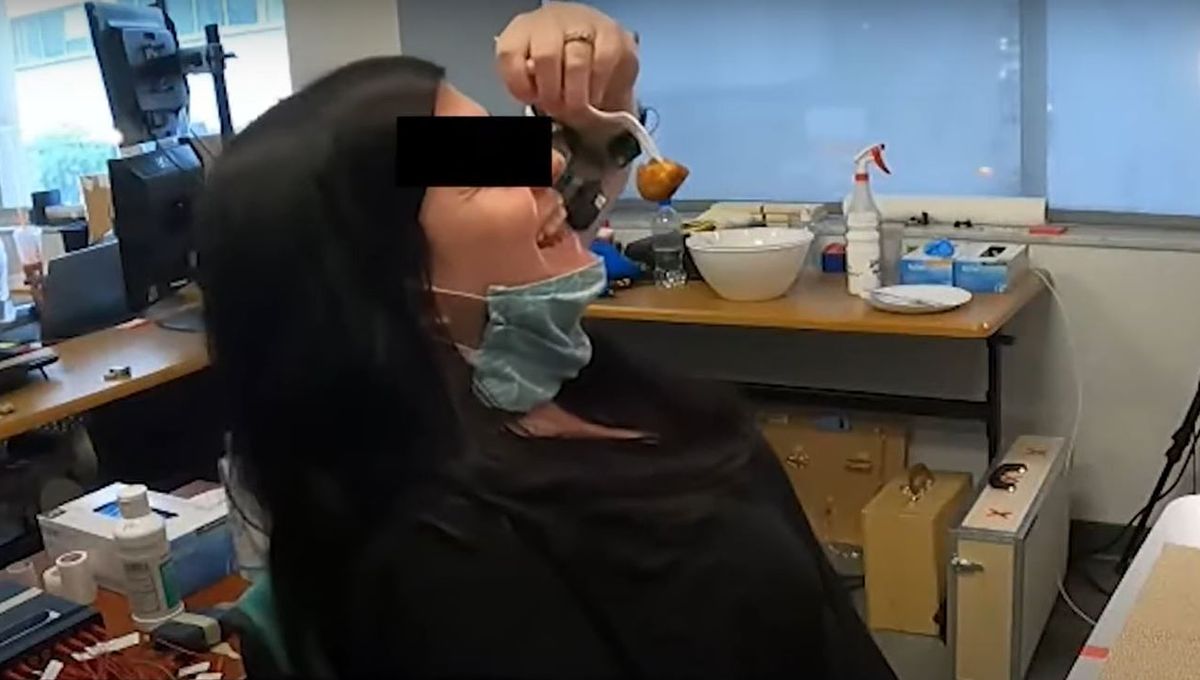
Two partially paralyzed patients have successfully executed a range of complex manual tasks, including, for one of the patients, cutting steak and opening a lock, thanks to a neurotechnology that stimulates the spinal cord. Consisting of a pair of electrodes that engage neural circuits within the spine, the device generated immediate improvements in strength, range of movement, and dexterity within the arm and hand.
Both individuals involved in the study had been left with severely restricted motion following a stroke. Because such events can permanently disrupt communication between the brain and spinal cord, the researchers placed the electrodes below the lesion in the hope of activating intact circuits that control the movement of the arms and hands.
“The sensory nerves from the arm and hand send signals to motor neurons in the spinal cord that control the muscles of the limb,” explained study author Douglas Weber in a statement. “By stimulating these sensory nerves, we can amplify the activity of muscles that have been weakened by stroke. Importantly, the patient retains full control of their movements: the stimulation is assistive and strengthens muscle activation only when patients are trying to move.”
The two patients were aged 31 and 47 and had been suffering from chronic post-stroke upper-limb weakness for nine and three years respectively. Each received spinal cord stimulation for 29 days, enabling them to perform a range of tasks that they had not accomplished since before their stroke.
From simply raising their arm above their head and opening and closing their fist to grasping small objects and using cutlery, the two participants displayed a remarkable recovery of motion and agility. Overall, the two patients exhibited an increase in grip strength of 40 percent and 108 percent, respectively, as well as a 30 to 40 percent improvement in kinematics.
“We discovered that electrical stimulation of specific spinal cord regions enables patients to move their arm in ways that they are not able to do without the stimulation,” said study author Marco Capogrosso. “Perhaps even more interesting, we found that after a few weeks of use, some of these improvements endure when the stimulation is switched off, indicating exciting avenues for the future of stroke therapies.”
While similar neural stimulation devices have been used to treat chronic pain and improve movement in the lower limbs for many years, achieving complex motion in the hand using such electrodes has remained a major challenge. Having now demonstrated the efficacy of their approach, the study authors say that major clinical trials are needed to confirm their findings in a larger cohort of patients.
Ultimately, they hope to see their device used as both an assistive technology to help patients regain hand and arm function in the short term, and a restorative treatment that can lead to lasting improvements even when the electrodes are turned off.
The research is published in the journal Nature Medicine.
Source Link: Paralyzed Patient Able To Cut Steak Thanks To Spinal Cord Stimulation